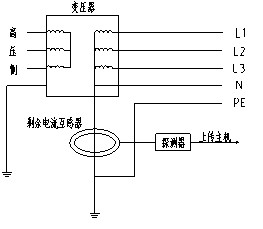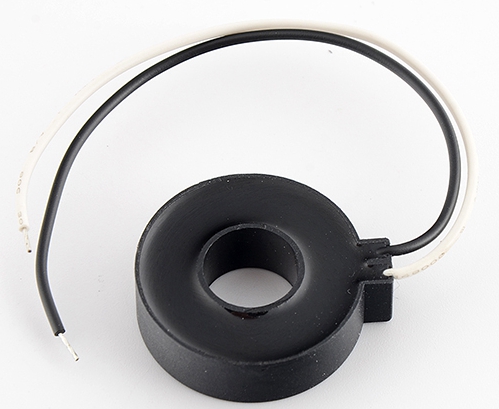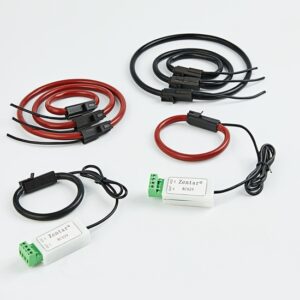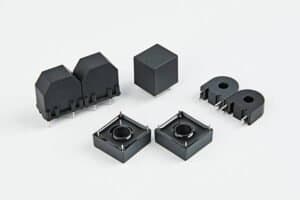1. Residual current transformer wiring
Before installing the residual current transformer, it is necessary to identify the phase line, N line and PE line in the power network. The phase line and the N line should pass through the residual current transformer together as much as possible, and the PE line should not pass through the transformer. In the system software, if the N line does not pass through the transformer together with the phase line, once the three-phase load is unbalanced, the N line will have a current passing through, and the detector detects the current data signal, which will cause a malfunction. Different control loops, the N wires between them should not be connected more than one point or the terminals should be connected continuously, otherwise malfunctions will occur, and the leakage current will be too large during the system software trial operation and an alarm will occur. It is caused by such a situation. If the PE line passes through the transformer together with the N line and the phase line, it will also lead to the rejection or malfunction of the supervisory detector.
Not all residual current monitoring must pass the phase wire into the transformer. The total residual current detection method of the TN-S system software can be removed from the outside. It can pass through the mutual inductance of the residual current through only one cable. device. The advantages of this method depend on: large and small residual current transformers can be used to improve the measurement accuracy; if the equipment fails in the second half of the transformer, maintenance will save time and effort. The actual wiring plan design is shown in the figure below.

2. Assembly part of residual current transformer
It should be assembled in an area conducive to maintenance, avoiding magnetic fields as much as possible. There is no orientation problem in the assembly of the transformer, the transformer can be directly hung on the cable, and can also be fixed in the power distribution cabinet.
The installation of residual current transformers above or below the knife switch of the main power switch does not impair the supervision of the safety route. However, in order to save time and effort for subsequent maintenance, it is very good to install it at the lower port number of the main power switch. When the power supply is disconnected for maintenance, there is no need to cut off the power supply of the upper-level switch, only the main power switch of this level can be repaired.






